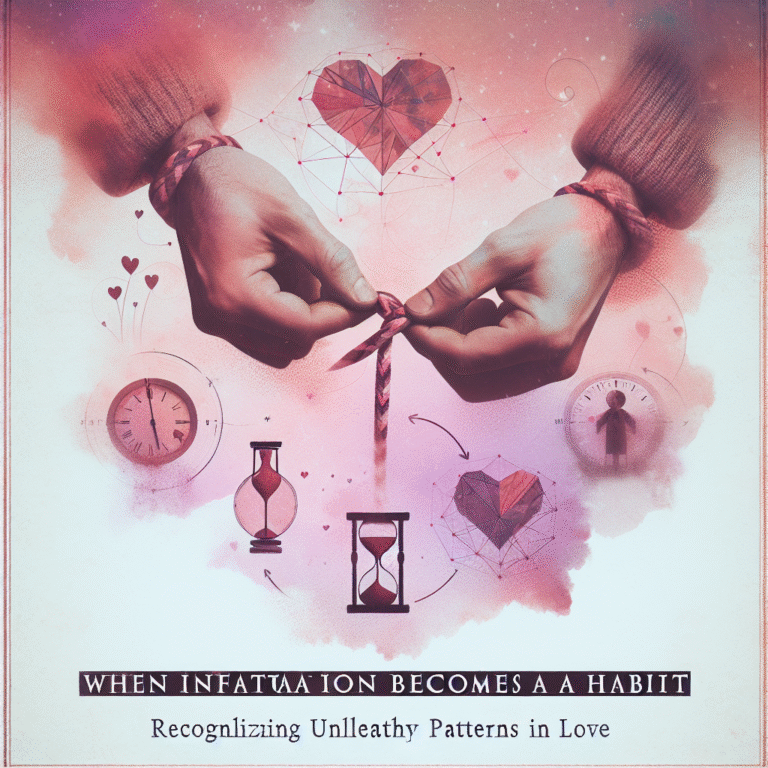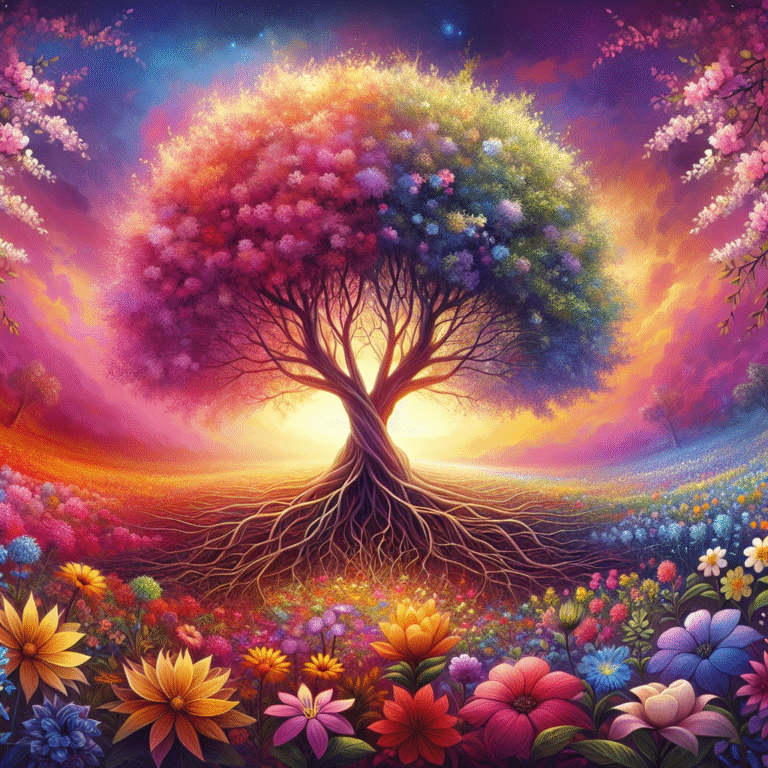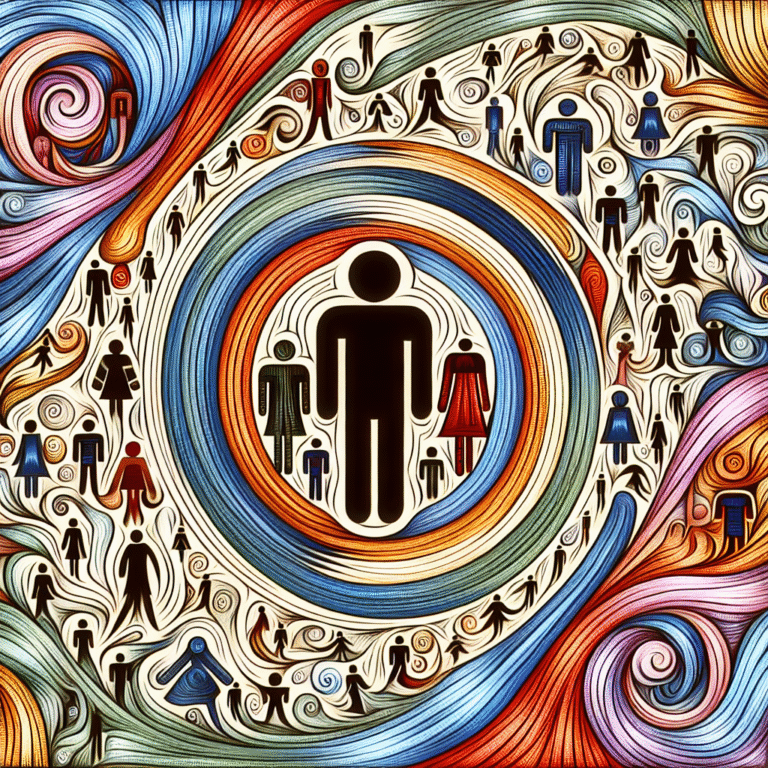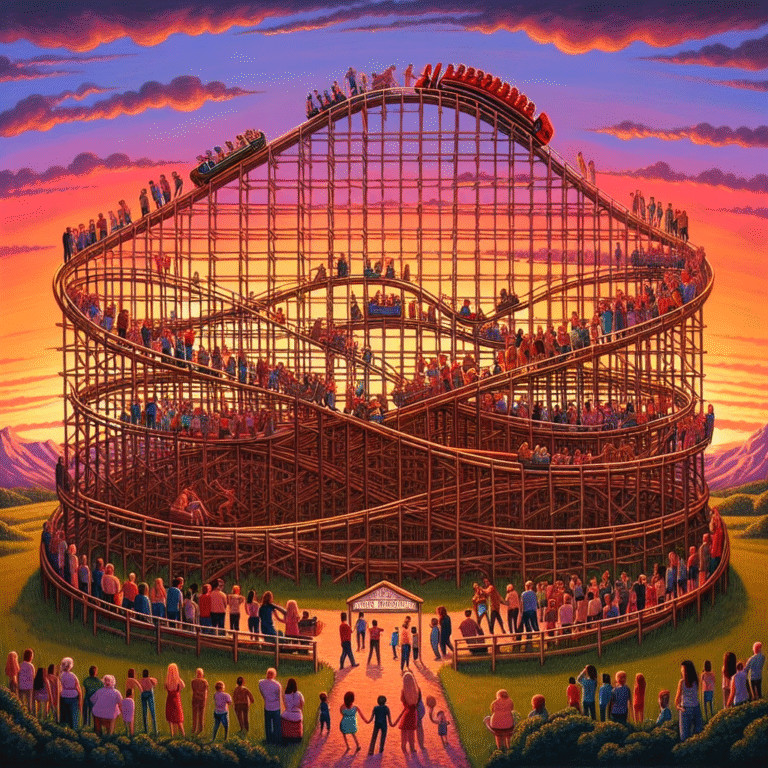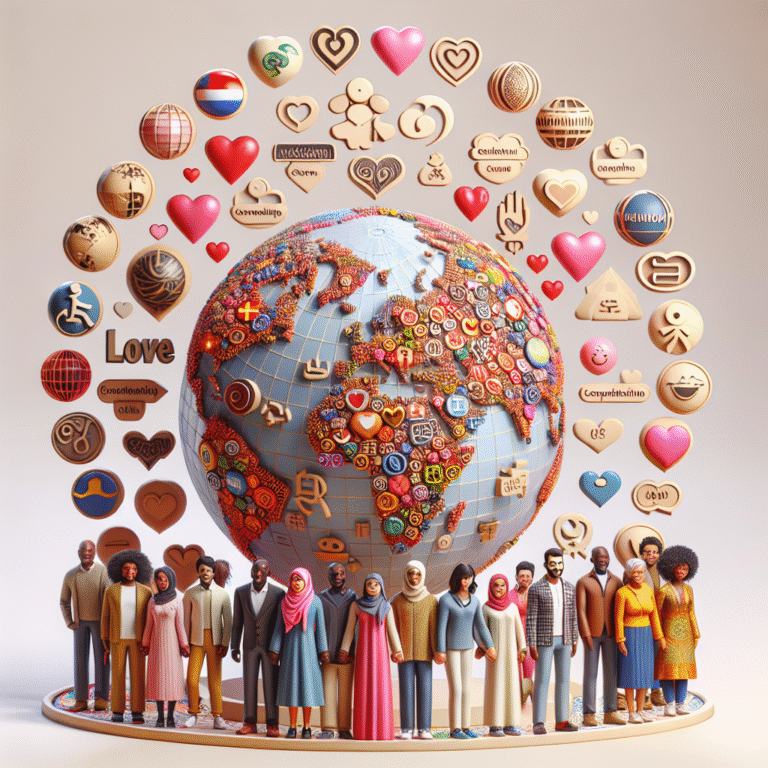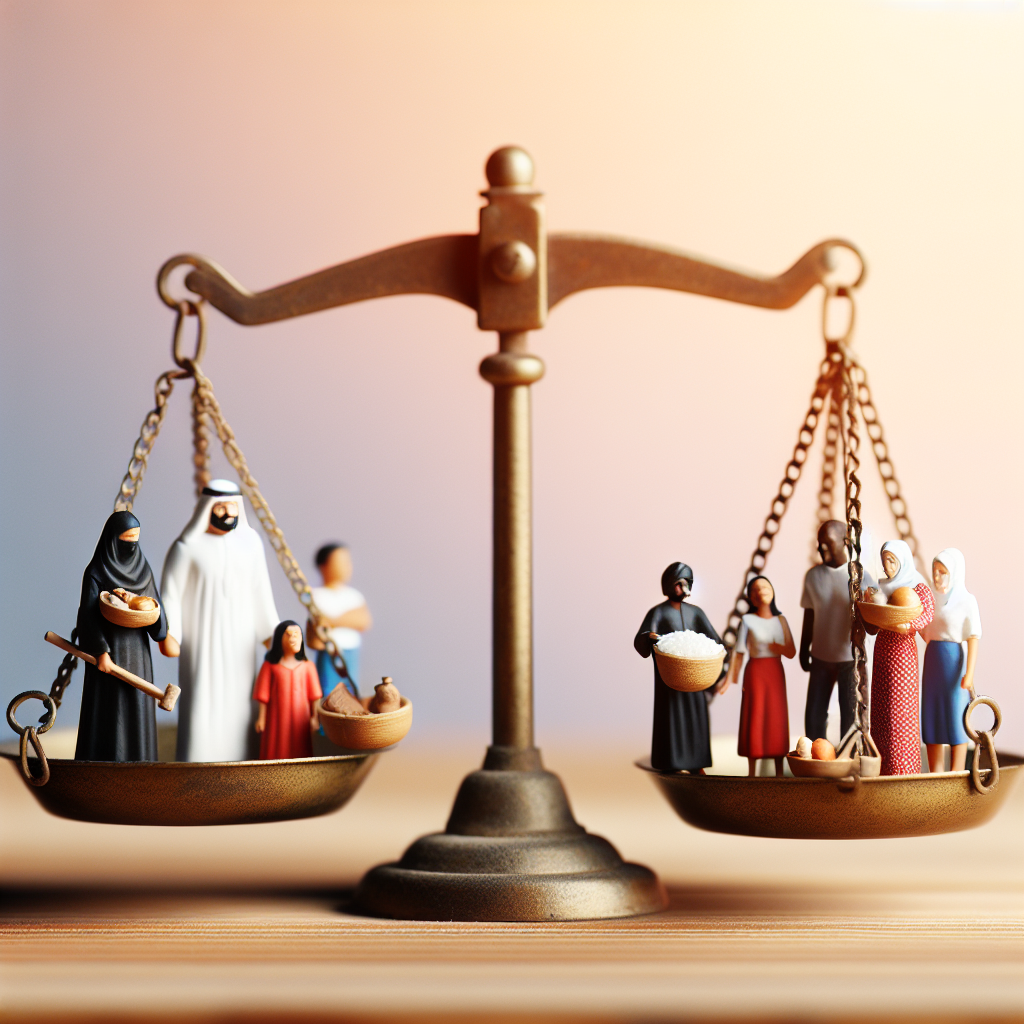
Introduction
In the ever-evolving landscape of human relationships, few topics spark as much debate and reflection as the impact of gender roles on modern relationship dynamics. These roles, deeply rooted in historical contexts, cultural narratives, and societal expectations, continue to shape how we connect with one another—whether intimately or platonically. As more individuals challenge traditional narratives, the question arises: How do these changing views on gender influence our relationships today?
Understanding Gender Roles
Before diving into the impact of gender roles on modern relationship dynamics, it’s crucial to define what gender roles are. Simply put, gender roles refer to the societal norms that dictate how individuals of different genders should behave in various contexts. Historically, men have been associated with assertiveness and financial provision, while women are often expected to be nurturing and emotionally supportive. However, these roles are increasingly being challenged, questioned, and, in many cases, redefined.
The Cultural Shift Towards Equality
Breaking Down Traditional Barriers
The past few decades have witnessed a cultural shift towards gender equality, significantly affecting relationship dynamics. An increasing number of couples are prioritizing egalitarian partnerships, where responsibilities are shared, and individual desires are acknowledged.
Case Study: The Dual-Income Household
A compelling case study illustrates the shift towards dual-income households. According to data from the U.S. Bureau of Labor Statistics, as of 2022, nearly 60% of households had both partners working full-time. This shift has resulted in a reevaluation of traditional roles, with both partners contributing to financial stability and household duties.
Analysis: The impact of gender roles on modern relationship dynamics is increasingly evident here. Couples are navigating new expectations, which often leads to more open communication and shared responsibilities.
The Rise of Non-Traditional Relationships
As society progresses, more people are embracing non-traditional relationship structures, which challenge conventional gender expectations. Among these are polyamorous relationships, same-sex partnerships, and live-in arrangements without marriage.
Case Study: Polyamory in Urban Communities
Research indicates that cities with a higher concentration of progressive ideas see an increase in the acceptance and practice of polyamory. An article published in the Journal of Family Relations highlights how these relationships often emphasize communication and honesty, diverging from traditional monogamous expectations.
Analysis: Here, the impact of gender roles on modern relationship dynamics shines a light on how flexibility and openness can redefine interactions. In polyamorous relationships, partners negotiate boundaries and responsibilities, fostering a unique dynamic rooted in mutual respect.
The Emotional Landscape: Communication and Connection
Impact on Emotional Intelligence
Navigating the complexities of modern relationships demands a high level of emotional intelligence. Those who challenge traditional gender roles often report better emotional communication with their partners.
Case Study: Gender Roles in Emotional Expression
A 2021 study published in Psychology of Men & Masculinity reveals that men who reject toxic masculinity (which limits emotional expression) develop healthier relationships. These men report increased fulfillment and intimacy in partnerships.
Analysis: The evolution of gender roles directly influences modern relationship dynamics by encouraging emotional vulnerability. Couples practicing open communication can build stronger, more adaptive relationships.
The Role of Social Media
With the rise of social media, gender roles are under constant scrutiny, impacting the dynamics of modern relationships. Platforms like Instagram and TikTok have allowed users to voice their experiences and challenge stereotypes, leading to greater awareness and dialogue around gender roles.
Case Study: Social Media Influencers
Social media influencers often use their platforms to discuss equitable partnerships, parenting responsibilities, and mental health. For example, popular couple accounts like "The Bucket List Family" showcase balanced relationship dynamics through travel and family experiences.
Analysis: The impact of gender roles on modern relationship dynamics is profoundly altered by these platforms, as they allow for greater visibility of diverse relationship experiences and inspire change.
A New Era of Parenting Roles
The impact of gender roles on modern relationship dynamics extends into parenting, where traditional expectations are continually evolving. More fathers are taking on active, nurturing roles, raising questions about the implications for their relationships with partners.
Case Study: Stay-at-Home Dads
A study from Fathering: A Journal of Theory, Research, and Practice reveals that stay-at-home dads report increased satisfaction in their relationships. As they take on caregiving responsibilities, they often enjoy deeper connections with their partners.
Analysis: This evolution demonstrates how the shift in gender roles positively impacts relationship stability and satisfaction. Couples benefit from shared parenting responsibilities, reducing the burden on one partner and creating a more balanced family dynamic.
Addressing Power Dynamics
Challenge of Control and Submission
The impact of gender roles on modern relationship dynamics can sometimes manifest through power struggles within partnerships. Traditional norms can lead to one partner feeling entitled or dominating, creating an imbalance that may negatively affect the relationship.
Case Study: Unequal Decision-Making
Investigations into decision-making reveal that women in heterosexual partnerships often find their voices overshadowed. A study published in Gender and Society reported that in situations where financial resources were unequally distributed, women felt less empowered to contribute to decisions.
Analysis: Addressing these power dynamics is crucial. When both partners recognize and work to balance their roles, it fosters healthier decision-making processes, strengthening their bond.
Emotional Labor and Gender Roles
Another critical aspect of the relational power dynamic is emotional labor—the unseen work involved in maintaining relationships. Traditional gender roles often assign this burden predominantly to women, resulting in emotional exhaustion.
Case Study: The Burden of Emotional Labor
Research published in The Journal of Marriage and Family found that women typically manage emotional labor within families, including planning gatherings and nurturing relationships with extended family members.
Analysis: Recognizing and distributing emotional labor more equitably enriches relationships. Couples who address these underlying issues report improved communication and satisfaction.
The Future: Progressive Relationships
Embracing Feminism
The resurgence of feminism plays a vital role in reshaping relationship dynamics. Partners increasingly value individual autonomy over adherence to traditional roles.
Case Study: Feminism in Couples Therapy
Feminist therapy approaches often emphasize equality and mutual respect in relationships. Research suggests that couples who engage in feminist therapy are more likely to adopt egalitarian dynamics.
Analysis: The impact of gender roles on modern relationship dynamics is profoundly positive when couples foster a culture of respect and equality, promoting healthier relational outcomes.
The Importance of Education
Education around gender roles is paramount in shaping modern relationship expectations. As younger generations become more aware of equality, they enter relationships armed with knowledge about shared responsibilities.
Case Study: University Relationship Workshops
Many colleges now offer workshops on healthy relationships, educating students about equitable partnership and mutual respect. Participants report feeling more equipped to navigate their relationships.
Analysis: Educating individuals on the impact of gender roles on modern relationship dynamics cultivates healthier interactions and a greater understanding of partnership foundations.
Conclusion
In summary, the impact of gender roles on modern relationship dynamics profoundly influences how individuals connect, communicate, and function together. Embracing these complexities can lead to healthier, more fulfilling partnerships. As society continues to challenge traditional norms, the future looks brighter for couples who prioritize equality, emotional intelligence, and open dialogue.
By reflecting on and actively redefining gender roles, couples can pave the way for deeper connection and mutual understanding. Ultimately, everyone can benefit from a commitment to dismantling outdated stereotypes, leading to more harmonious and equitable relationships.
FAQs
1. What are gender roles?
Gender roles are societal expectations regarding how individuals of different genders should behave in various contexts, often prescribing specific behaviors for men and women.
2. How do traditional gender roles impact relationships?
Traditional gender roles can create imbalances in relationships, causing power struggles and emotional labor that may lead to dissatisfaction.
3. Can gender roles change in a relationship?
Yes, gender roles can evolve as partners communicate openly, negotiate their responsibilities, and challenge societal expectations.
4. What role does emotional intelligence play in modern relationships?
Emotional intelligence significantly impacts relationship satisfaction, particularly when partners openly express their feelings and work through issues.
5. How can couples foster egalitarian relationships?
Couples can promote equality by sharing responsibilities, engaging in open communication, and actively challenging traditional gender expectations.
By addressing these critical questions, readers can delve deeper into the complexities of gender roles and relationship dynamics, ensuring an informed and constructive dialogue about the future of partnerships in our society.




